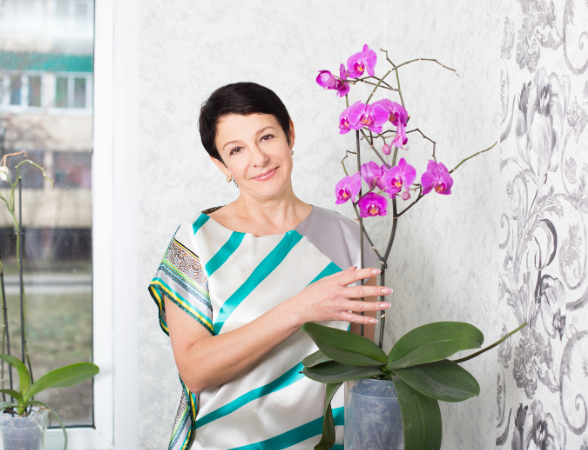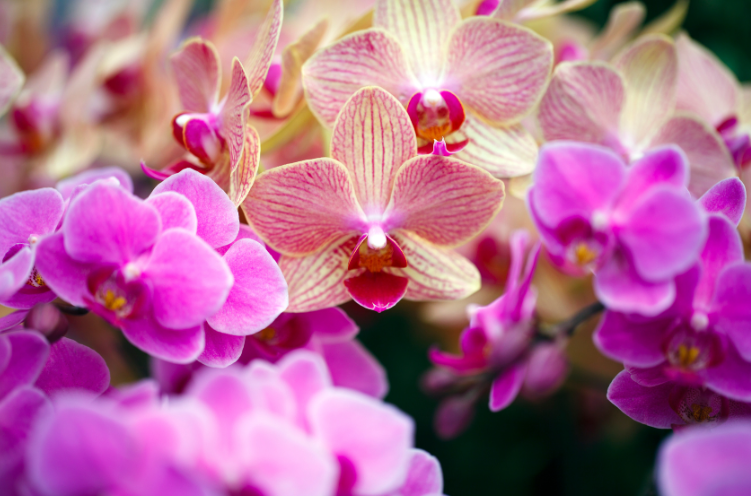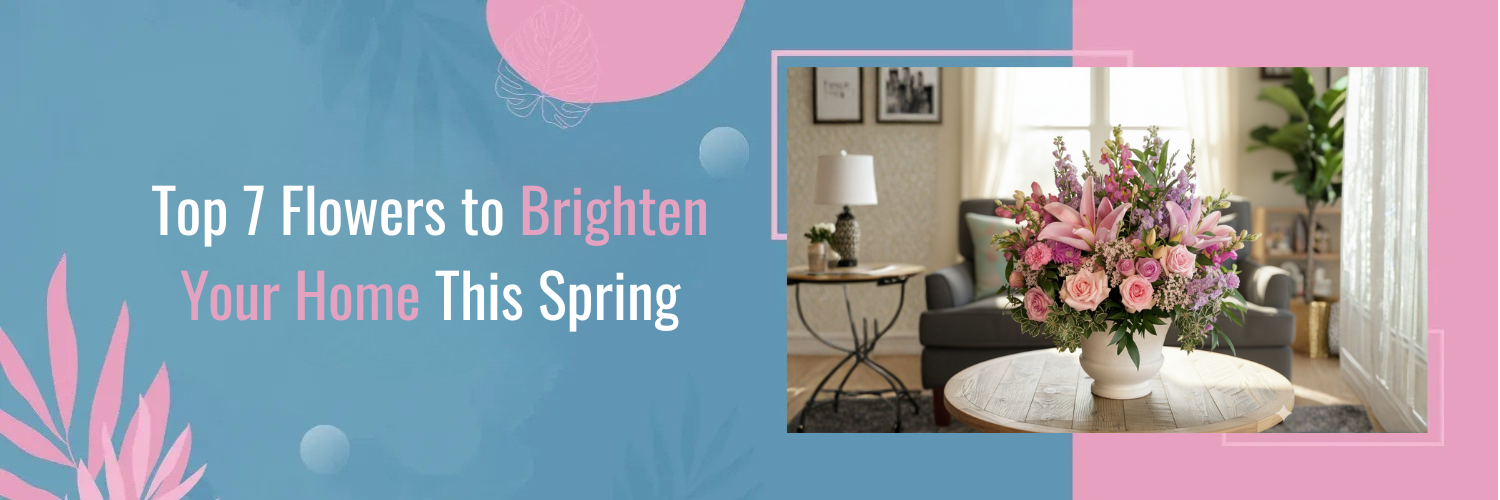What are Phalaenopsis Orchids?

Phalaenopsis orchids, often referred to as “Moth Orchids,” bring a touch of exotic beauty to any setting.
The Phalaenopsis orchid, a native to the lush, tropical climates of Asia and Australia, is a testament to nature’s splendour. These orchids thrive in environments that mimic their natural habitat – warm and humid. Characterised by its broad, glossy leaves, the Phalaenopsis stands out with its arching stems that gracefully bear a row of spectacular blooms. The flowers, a visual feast, display a remarkable array of colours, from the purest of whites to the most vibrant pinks and yellows. Some varieties are even adorned with intricate patterns and emit delightful fragrances, making them a truly diverse and fascinating family of plants.
Their blooms, known for their longevity, can last for several months, adding a persistent charm to their surroundings. The resilience and adaptability of Phalaenopsis orchids are also reflected in their root system, which is aerial. This unique feature allows them to absorb moisture and nutrients from the air in their natural habitat, a trait that is key to understanding their care in a home environment.
Why Phalaenopsis Orchids Are Ideal Houseplants

Phalaenopsis orchids have soared in popularity as houseplants and for good reason. Their breathtaking beauty is matched by their remarkable adaptability to indoor environments, making them a perfect addition to any home. Unlike some other orchid species that require specific and often challenging conditions, Phalaenopsis orchids are more forgiving, thriving in the average conditions found in most homes.
One of the most appealing aspects of Phalaenopsis orchids as houseplants is their ability to flower for extended periods. Under the right conditions, they can bloom for several months, providing a constant display of elegance and tranquillity. This enduring beauty makes them a favourite for home decor, brightening living spaces and adding a touch of serenity.
Moreover, their adaptability extends to various lighting conditions, which is often a limiting factor for other houseplants. While they do have specific needs, they are generally able to thrive with the light available in most homes. This makes them an ideal choice for beginners who are looking to add a stunning, yet manageable, plant to their collection.
Essential Care Tips for Phalaenopsis Orchids
Caring for Phalaenopsis orchids involves understanding and replicating their natural habitat to some extent. While these orchids are adaptable and can thrive in home environments, paying attention to their specific needs is key to ensuring their health and vibrant blooms.

Lighting Requirements
Phalaenopsis orchids flourish in moderate lighting conditions. They prefer bright but indirect light, as direct sunlight can be too harsh and may scorch their delicate leaves. North or east-facing windows are typically the most suitable locations in a home, providing the gentle light these orchids need. If you’re living in a place where natural light is scarce, don’t worry. Grow lights can be an excellent alternative. When using artificial lighting, it’s important to mimic natural day cycles as closely as possible. This can be achieved by adjusting the duration and intensity of the grow lights, ideally providing 12-14 hours of light per day.
Watering Your Orchid the Right Way
Watering Phalaenopsis orchids is a balance between providing enough moisture and avoiding waterlogging. These orchids prefer to be watered thoroughly but should be allowed to dry out slightly between waterings. This mimics the natural rain and dry cycles they experience in their native habitat. Over-watering can lead to root rot, a common problem in orchids, while under-watering can cause dehydration and stress to the plant. A general rule of thumb is to water once a week, but this can vary depending on the humidity and temperature of your environment. Ensure that any excess water is able to drain freely from the pot. Also, be cautious of water accumulating at the base of the leaves or in the crown of the plant, as this can lead to rot.
The Importance of Humidity and Temperature
Phalaenopsis orchids thrive in a humid and warm environment, with ideal humidity levels ranging between 50-70%. In many home environments, especially those with dry air, achieving this level of humidity can be challenging. Using a humidifier can help, as can placing the orchid’s pot on a tray filled with water and pebbles. The evaporating water will increase the humidity around the plant. It’s also important to maintain a consistent temperature, ideally between 65-80°F (18-27°C). Protect the orchids from drafts, sudden temperature changes, and direct sources of heat or cold, such as air conditioners or heaters.
Fertilisation and Soil Requirements
Feeding your Phalaenopsis orchids is essential for their growth and blooming. Use a balanced, water-soluble orchid fertiliser every other week during the growing season. During the dormant period, usually when the plant is not producing new leaves or flowers, reduce fertilisation to once a month. The soil or growing medium is equally important. Phalaenopsis orchids require a well-draining medium that allows their roots to access both air and moisture. A bark-based mix is often preferred, as it provides the right balance of drainage and moisture retention.
Advanced Care and Troubleshooting
As your Phalaenopsis orchids grow and thrive, you may encounter situations that require a bit more expertise in orchid care. From repotting to dealing with pests and encouraging reblooming, advanced care ensures the longevity and health of your orchids.
Repotting Your Phalaenopsis Orchid

Repotting is an essential aspect of Phalaenopsis orchid care, typically needed every two to three years. The primary reasons for repotting are to refresh the growing medium, which can break down and become compacted over time, and to provide more space for expanding root systems. Signs that your orchid needs repotting include visible roots crowding the pot or poking out of the drainage holes, a potting mix that looks degraded or soggy, or a plant that’s become top-heavy and unstable in its pot.
When repotting, select a pot that is only slightly larger than the current one. Orchids prefer a snug fit, and too much space can lead to excess moisture, which increases the risk of root rot. Use a fresh orchid-specific potting medium, which typically includes bark, perlite, and charcoal, providing the drainage and aeration that orchid roots require. Carefully remove the orchid from its old pot, gently tease out the roots, and trim any that are dead or rotting. Place the orchid in the new pot and gently add the fresh potting mix around the roots, ensuring that the plant is secure but not overly compressed.
Dealing with Pests and Diseases

Phalaenopsis orchids, like all plants, can sometimes suffer from pests and diseases. Common pests include aphids, mealybugs, and spider mites, while fungal and bacterial infections can manifest as spots or rots on leaves and flowers. Prevention is key, and maintaining a clean growing environment with good air circulation can go a long way toward keeping your orchid healthy. Regularly inspect your plant for signs of trouble, such as sticky residue (a sign of aphids) or cottony masses (indicative of mealybugs).
If you do find pests, treat the orchid with an appropriate organic remedy, like neem oil, which is effective against a wide range of orchid pests and is safe for the plant when used as directed. For fungal and bacterial infections, remove affected plant parts with a sterile tool, and consider using a fungicide or bactericide, ensuring it’s safe for orchids.
Encouraging Reblooming
One of the joys of Phalaenopsis orchid care is encouraging your plant to rebloom. After the flowering season, a period of cooler nighttime temperatures can help stimulate the orchid to produce new flower spikes. Lowering the temperature by about 15°F at night for a few weeks can mimic the natural temperature drop these orchids experience in their native habitat, signalling them to initiate blooming. Continue to provide adequate light, as light is a crucial factor in the orchid’s ability to produce energy for blooming. Ensure that the plant is still receiving proper care in terms of watering, humidity, and fertilisation.
By mastering these advanced care techniques, you’ll not only maintain the health and vitality of your Phalaenopsis orchids but also enjoy the rewarding experience of seeing them rebloom, year after year. Remember, patience and attentiveness are key to successful orchid care, and the rewards are truly worth the effort.
Choose Bourkes Florist for Your Floral Needs
If you’re looking to immediately brighten up your space with these exquisite flowers, or seeking a thoughtful gift for a loved one, Bourkes Florist
is here to help. We offer a stunning selection of flowers, expertly arranged and ready to bring a touch of elegance to any setting. Visit Bourkes Florist today to order your orchids, and let us deliver the beauty of these enchanting flowers right to your doorstep. Shop now!
FAQs
Q: How Often Should I Water My Phalaenopsis Orchid?
Water once a week, ensuring the potting medium is slightly dry between watering.
Q: Can I Grow Phalaenopsis Orchids Outdoors?
They are primarily indoor plants but can be placed outdoors in mild, non-direct sunlight conditions.
Q: Why Are My Orchid’s Leaves Turning Yellow?
This could be due to over-watering, under-watering, or insufficient light.
Q: How Long Do Phalaenopsis Orchids Bloom?
They can bloom for several months under optimal conditions.
Q: What Should I Do if My Orchid Stops Blooming?
Ensure proper care conditions and consider a period of cooler temperatures to stimulate reblooming.






















